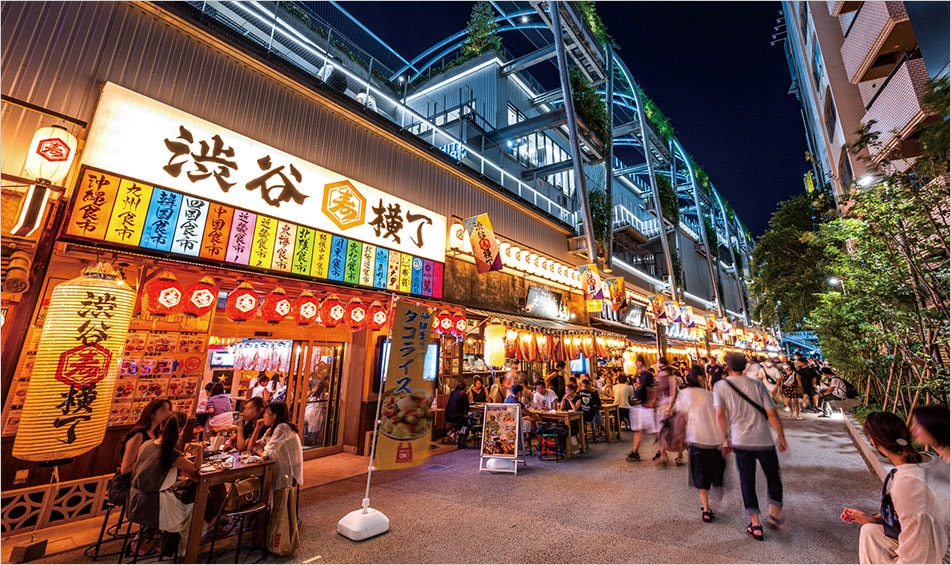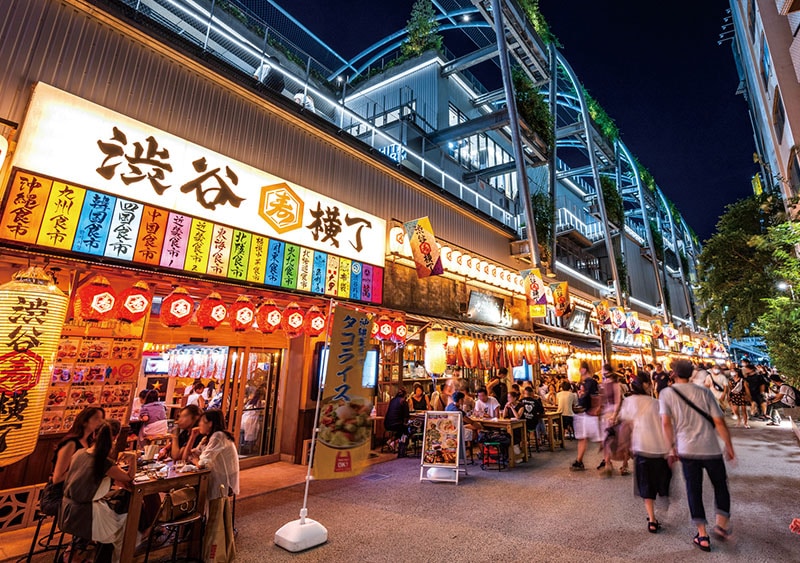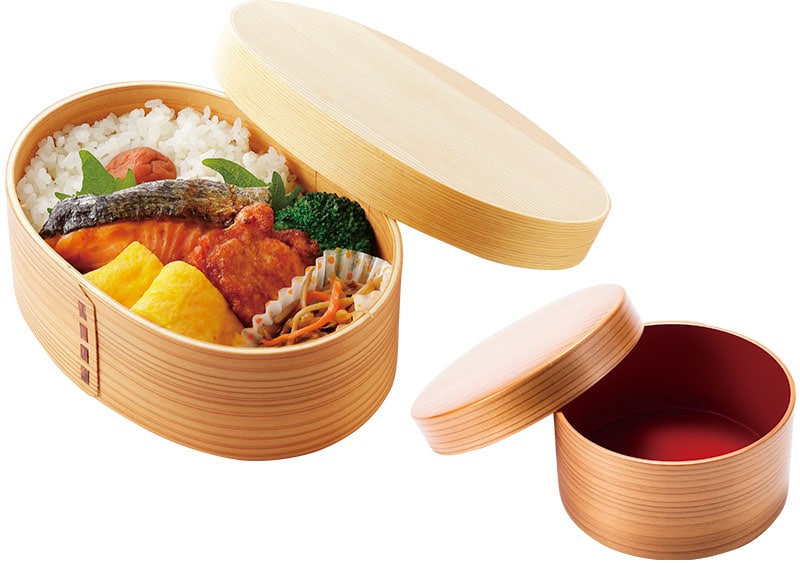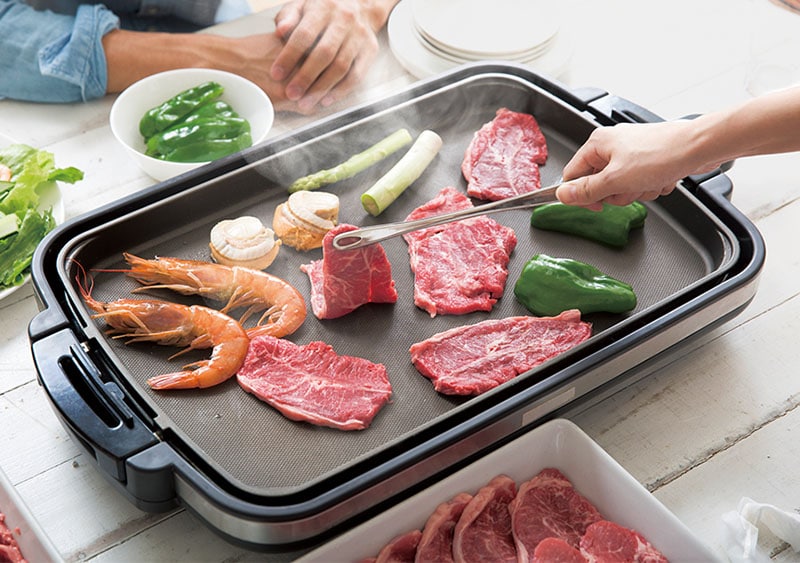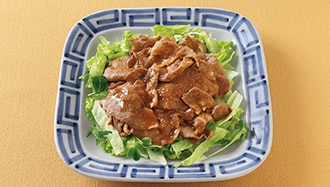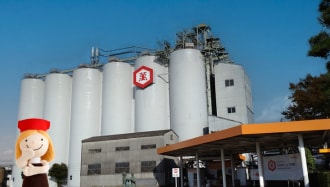Yokocho are lined with convivial bars and eateries
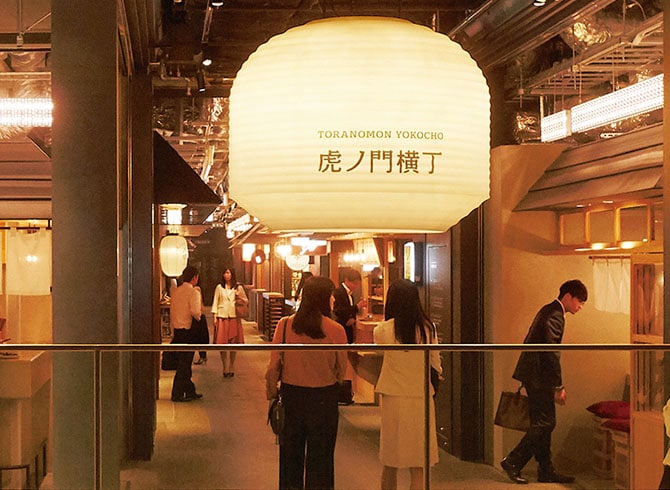
The Japanese word yokocho refers to an alleyway or narrow back street—but the term is more definitively associated with the image of shabby lantern-lit alleys lined with tiny, convivial bars and eateries. Their origins can be traced to the black-market stalls for goods and food that popped up throughout Japan after the Second World War, often around train stations. But as the country was restored, these markets disappeared, and cheap eateries took their place. These were to become the seeds of yokocho alleyways where, to this day, diners frequent traditional local yokocho pubs and casual restaurants that offer yakitori, oden, sushi, ramen and more—many of which are open through the night until daybreak. Yokocho shops are typically so compact they can accommodate only a handful of patrons, but this elbow-to-elbow intimacy is what makes them so appealing to those looking to socialize while eating or bar-hopping.
Yokocho have long had a somewhat down-market reputation as places where middle-aged Japanese salarymen congregate for drinks after work, but recently, modern so-called neo-yokocho have grown popular with younger crowds, tourists and families. Like their well-worn predecessors, neo-yokocho are crammed with affordable little restaurants that are rich in both authenticity (diverse menus, reasonable prices) and nostalgia (small, cheerfully crowded spaces). But these retro-chic yokocho are springing up in more upscale settings: near sightseeing spots, as part of redevelopment projects, and inside fashionable multiplex retail and office buildings. And along with this new reputation, neo-yokocho have also become magnets for hip new restaurants.
Neo-yokocho tend to revolve around a unique theme carefully curated by developers or specialty food producers. As an example, one neo-yokocho comprises restaurants that serve regional cuisines such as Okinawa soba, Hiroshima shell-cooked oysters, Hokkaido seafood-topped rice bowls, and the like. Another features famous Tokyo-based restaurants specializing in yakitori, tonkatsu pork cutlets and ramen. Some neo-yokocho are theme-based: diners can whet their appetites in a quaint European village, or amidst matsuri festival décor, or in a nostalgic Showa-era (1926-89) townscape. Yet trendy and novel though they may be, these modern yokocho are intent on preserving the same welcoming and easy-going spirit of their humble roots.
